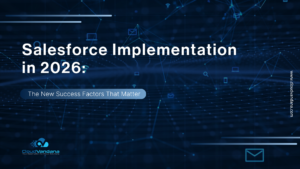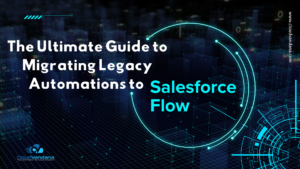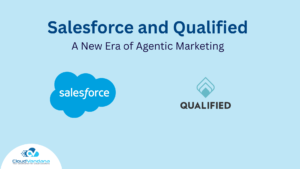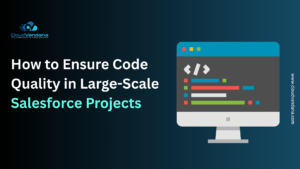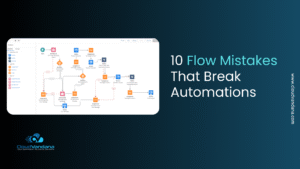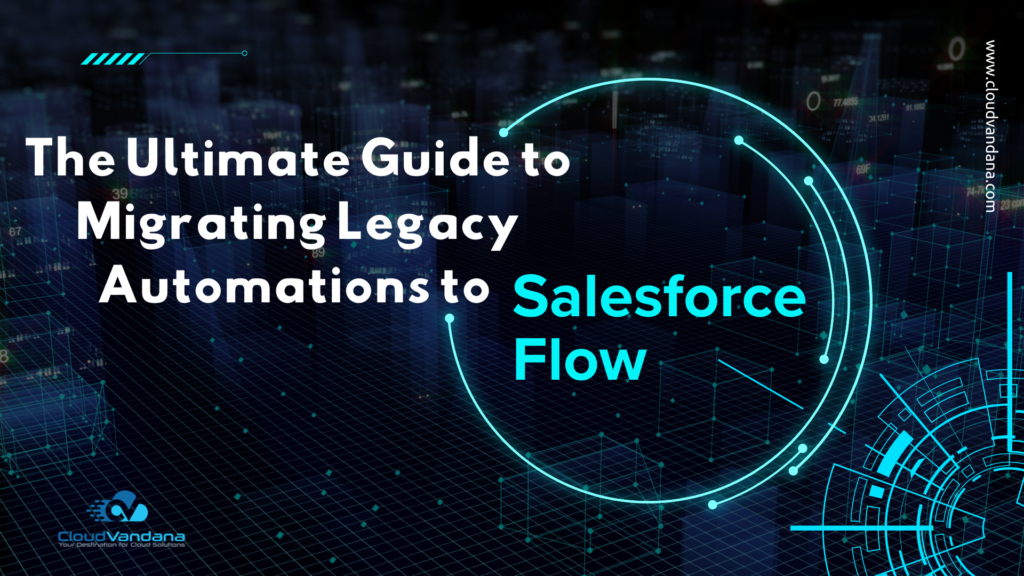Salesforce Lightning Scheduler is a tool that simplifies appointment scheduling in Salesforce. Users can create a personalized experience through this tool by scheduling customer appointments with the right person at the right place and time. Today, CloudVandana will describe an overview of Salesforce Lightning Scheduler.
Salesforce Lightning Scheduler can streamline the inbound and outbound scheduling process and provide a set of powerful tools to simplify and automate appointment scheduling. Lightning Experience is available only in Enterprise, Performance, and Unlimited editions at extra cost. Developer Edition does not support this feature.
Data Model For Lightning Scheduler
The term is defined as the custom objects in the Lightning Scheduler Package. This model can be extended according to the business needs.
1. Service Resources
It refers to the person who conducts or interacts with the client during the meeting or appointments, like an advisor or consultant.
2. Service Appointment
Service Appointment refers to the inbound and outbound scheduled appointments.
3. Service Territory
Service Territory refers to the location where the meeting will take place.
4. Skills
Skills are the area of excellence of service resources.
5. Work Type
Work type is a template for an appointment. It provides a brief overview of appointment details like appointment topic, location, etc. The appointment Template defines the basic parameters for an appointment.
Setup Process
To setting up Salesforce Lightning Scheduler, users need to go to settings-Quick find box -App Manager-select Lightning Scheduler Setup dropdown-Edit.
Then from the App Settings, users can select the profiles they want to give access to and then click Save.
Users can select these below-mentioned configurations below to get started with the Lightning Scheduler App.
This scheduler can create appointment attendees. Users can create a new Service Resources record to get this done.
Lightning Scheduler can create and assign Service Resources, navigate them to the service resources record, and click on the assign skills quick action. Users can configure the Appointment Templates to do this in the Work Type object.
A new Appointment Template can be created, and required skills can be assigned to these templates. The user experience can be simplified by adding Schedule Appointment Lightning Action on the lead or opportunity page layouts. The created appointment can be reviewed summarized with all the essential details.
Permission Sets
Service resource users require a Lightning Scheduler User Access permission set to license and permission set. To grant access to the Lightning Scheduler App, users need to go to the System Permission section enabling the option ‘Let a user be included in appointments in Lightning Scheduler’. Additionally, the user’s profile should access all the Lightning Scheduler objects.
Are you looking for Salesforce Lightning Scheduler to enhance your organizational process? Please feel free to take a free consultation call with the registered Salesforce consulting partner CloudVandana to get started.





